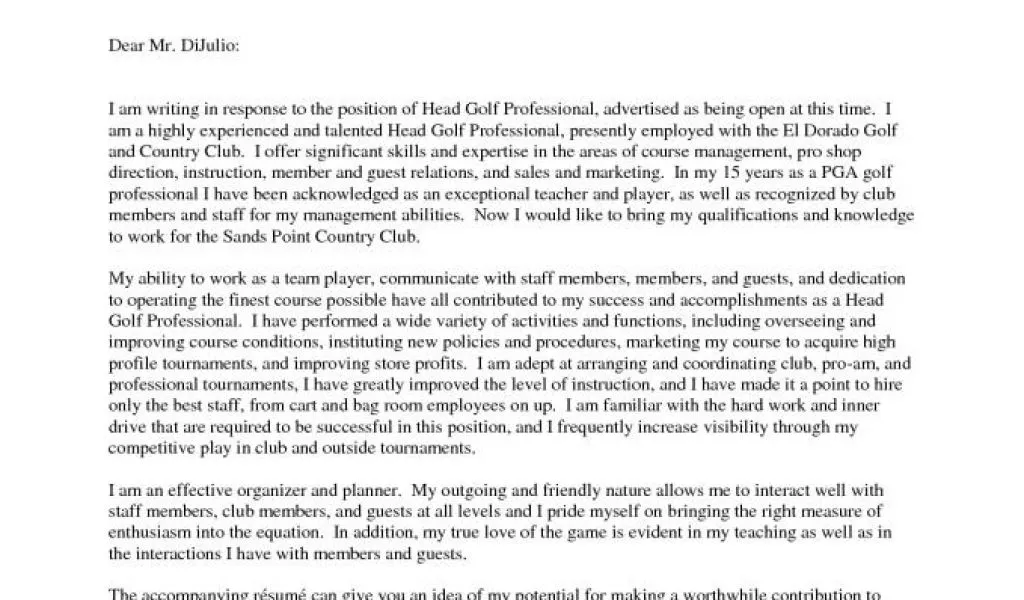What is a Cover Letter?
A cover letter is a crucial document that accompanies your resume when applying for a job. It serves as an introduction, a personal pitch, and an opportunity to highlight why you’re the perfect fit for the role. Unlike a resume, which provides a factual overview of your experience and skills, a cover letter allows you to demonstrate your personality, express your enthusiasm, and connect with the hiring manager on a more personal level. It’s your chance to explain why you’re interested in the specific position and company, and how your unique qualifications align with their needs. Think of it as your first impression, where you set the stage for the rest of your application.
Importance of a Cover Letter
In today’s competitive job market, a well-crafted cover letter can significantly increase your chances of landing an interview. It’s not just a formality; it’s a strategic tool that can set you apart from other applicants. A strong cover letter allows you to elaborate on your qualifications, providing context and depth to the information presented in your resume. It showcases your communication skills, your attention to detail, and your genuine interest in the position. Furthermore, a compelling cover letter demonstrates that you’ve taken the time to research the company and understand their needs, which can make a lasting positive impression. Without a cover letter, you miss the opportunity to connect with the hiring manager and make a strong case for why you deserve an interview.
What to Include in a Cover Letter
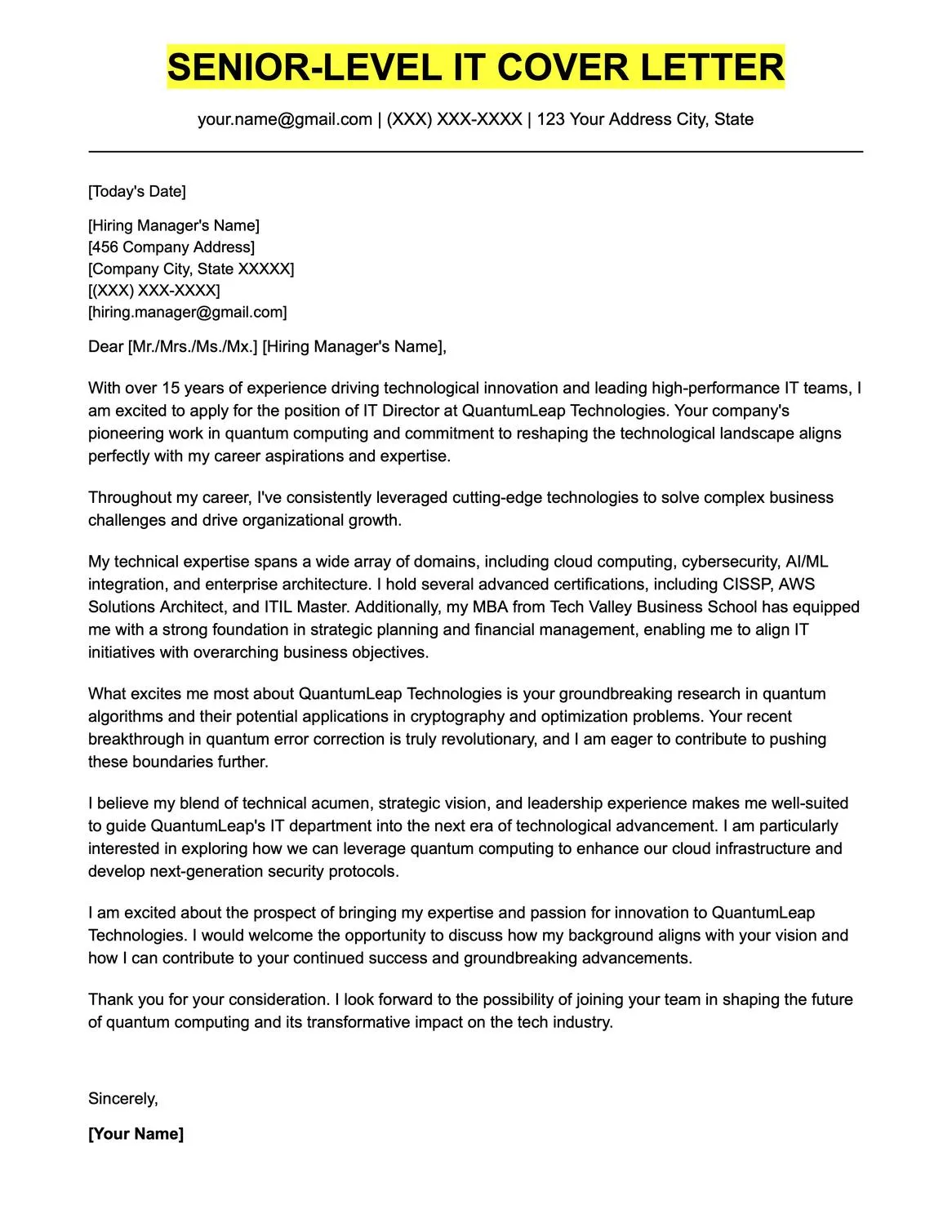
A successful cover letter includes several key elements to make a strong impact. It should be concise, well-written, and tailored to the specific job and company. The structure should flow logically, capturing the reader’s attention from the beginning and concluding with a clear call to action. The content should showcase your skills and experience, demonstrating how you meet the requirements outlined in the job description. It should also highlight your enthusiasm for the role and the company, conveying your genuine interest. Remember to proofread carefully for any grammatical errors or typos before sending your application.
Contact Information
Start your cover letter with your contact information, including your name, address, phone number, and email address. This information should be at the top of the letter, ensuring the hiring manager can easily reach you. Make sure your email address sounds professional, using your full name or a variation thereof. It’s also important to check the accuracy of your phone number and email address to avoid any communication errors.
Recipient’s Information
If possible, address your cover letter to a specific person, ideally the hiring manager or the person listed in the job posting. Researching the company and finding the hiring manager’s name shows initiative and attention to detail. If you can’t find a specific name, use a general salutation like “Dear Hiring Manager” or “Dear [Department Name] Team”. Avoid generic greetings like “To Whom It May Concern” as they can come across as impersonal.
Opening Paragraph: Grab Their Attention
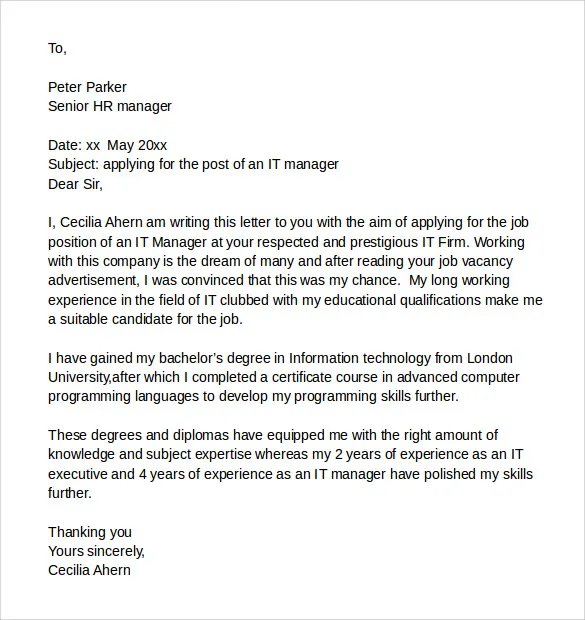
The opening paragraph is your first opportunity to make a positive impression. It should immediately capture the reader’s attention and state the purpose of your letter. Briefly mention the position you’re applying for and where you saw the job posting. Express your enthusiasm for the opportunity and briefly highlight one or two key skills or experiences that make you a strong candidate. Consider starting with a compelling statement about your passion for the field or a relevant achievement.
Highlighting Your Skills and Experience
The body of your cover letter is where you demonstrate how your skills and experience align with the job requirements. Review the job description carefully and identify the key skills and qualifications the employer is seeking. Then, provide specific examples from your work history or other experiences that showcase those skills. Use action verbs to describe your accomplishments and quantify your achievements whenever possible. Tailor this section to each specific job application; avoid using a generic cover letter.
Quantify Achievements
Instead of simply listing your responsibilities, quantify your achievements to demonstrate your impact. Use numbers and data to illustrate your accomplishments. For example, instead of saying “Managed social media accounts,” say “Increased social media engagement by 30% in six months.” Quantifying your achievements adds credibility to your claims and provides concrete evidence of your skills and abilities. When possible, relate your achievements to the company’s goals or objectives, showing how you can contribute to their success.
Showcase Your Value
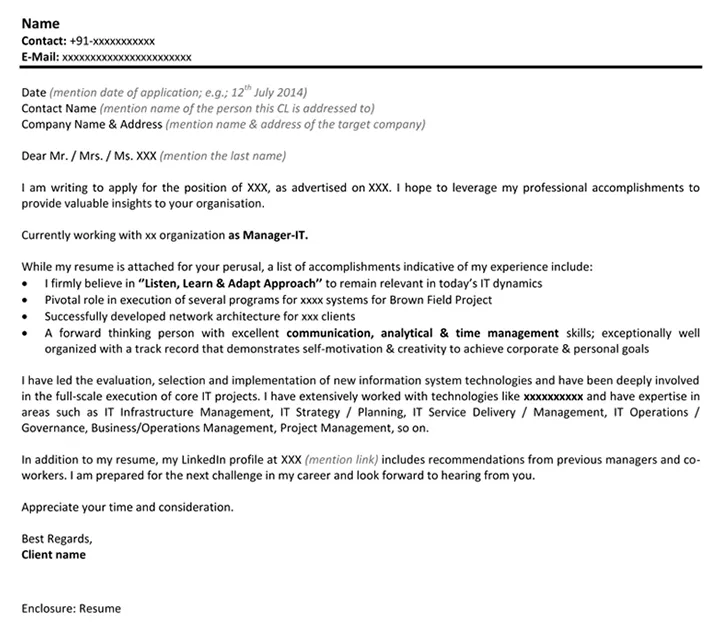
Focus on what you can offer the employer, not just what you’ve done in the past. Explain how your skills and experience will benefit the company and help them achieve their goals. Research the company’s mission, values, and recent projects to understand their needs. Then, highlight the relevant skills and experiences that align with those needs. Show the employer that you understand their challenges and have the ability to contribute to their success. Demonstrate your value by explaining what makes you a unique and valuable candidate.
Expressing Enthusiasm and Interest
Throughout your cover letter, express your enthusiasm for the position and the company. Explain why you are interested in the role and what excites you about the opportunity. Show that you’ve done your research and understand the company’s mission, values, and culture. Tailor your letter to match the company’s tone and style. Genuine enthusiasm can make a strong positive impression on the hiring manager, and can make you stand out from other applicants. Be sincere and let your personality shine through.
Closing Paragraph: Call to Action
In your closing paragraph, reiterate your interest in the position and thank the reader for their time and consideration. Include a call to action, such as requesting an interview or expressing your willingness to discuss your qualifications further. Make it easy for the hiring manager to contact you. Provide your contact information again and end with a professional closing, such as “Sincerely” or “Best regards”, followed by your full name. A strong closing leaves a lasting positive impression.
Proofreading and Formatting Tips
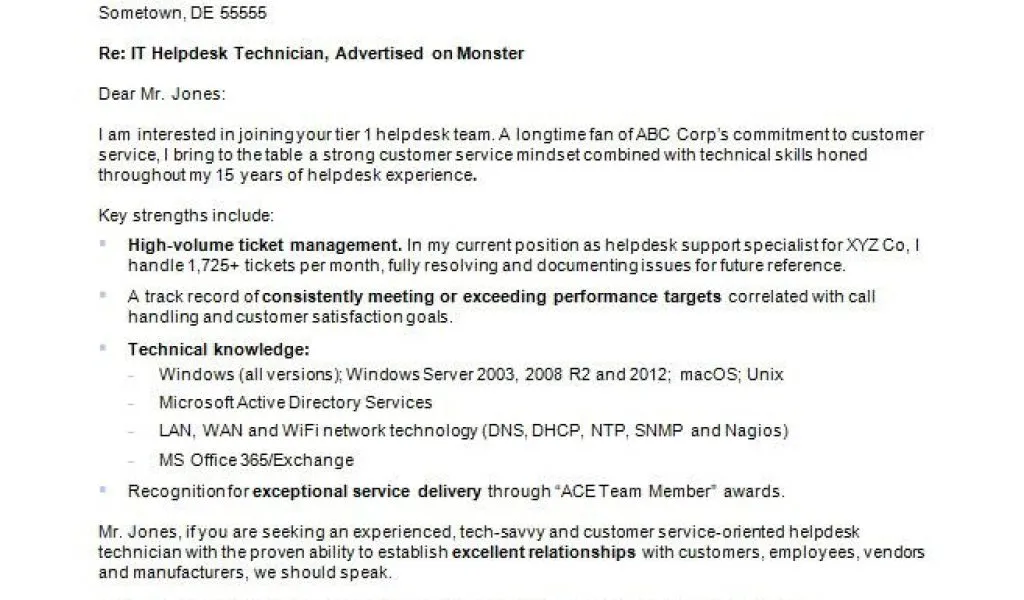
Before submitting your cover letter, carefully proofread it for any errors in grammar, spelling, and punctuation. Ask a friend or family member to review your letter as well, as a fresh pair of eyes can catch mistakes you might have missed. Use a professional and easy-to-read font, such as Times New Roman, Arial, or Calibri, and use a font size between 10 and 12 points. Maintain consistent formatting throughout the document. Ensure the letter is well-organized, with clear paragraphs and adequate spacing. A polished and error-free cover letter demonstrates your attention to detail and professionalism.
Cover Letter Examples
Reviewing sample cover letters can be a valuable resource for crafting your own. Many websites and resources provide examples of cover letters for various industries and positions. Pay attention to how the writers structure their letters, highlight their skills, and express their enthusiasm. However, be cautious about simply copying and pasting from a sample; instead, use the examples as a guide to create a cover letter that is unique to your own qualifications and experiences. Tailoring your letter to each specific job application is essential for demonstrating your genuine interest and making a positive impression on the hiring manager. Seek out examples that match the type of job you are applying for to help you get started.
